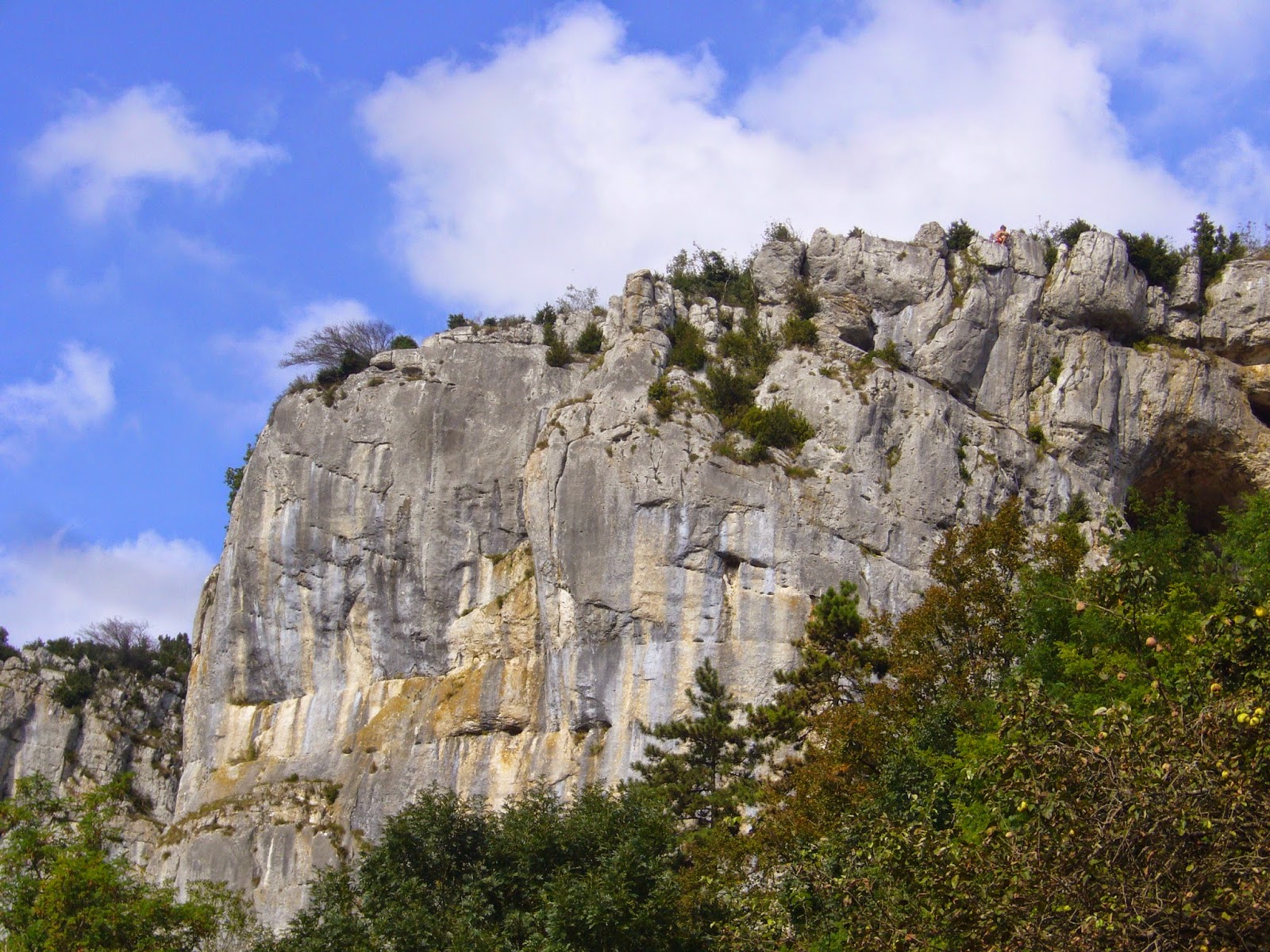Lest you should imagine it is all knitting, all the time here.... About a month ago my husband's stepmother fell and broke her leg. At eighty-six, this is no small matter, but the current practice is to operate, insert a metal pin, and have the patient back on her feet the next day. Fortunately all has gone well.
As her immediate family, we have been much engaged in supporting her return to home - those of you who have been through it will know what this entails. The journey takes three and a half hours, which complicates matters - although I am aware that for The Sock Lady in BC this would be a routine shopping trip. Everything is relative.
As my birthday weekend approached, we planned to travel north, calling to visit the patient and do good works before continuing to our Cumbrian cottage. We drove towards the Lakes in glorious sunshine, our first port of call Blackwell, the Arts and Crafts house on Lake Windermere. This has to be one of the most beautiful places on earth. The light-filled white drawing room, with its elegant columns and panelled ceiling, simply takes the breath away.
We lunched on a duck salad and English Lakes ice-cream and visited the exhibition of Glasgow School artefacts - huge chargers with Celtic knotwork and cabuchons. Female artists very well represented - the whole thing was a delight.
Among my birthday gifts was a voucher for lunch at a local coffee-shop where great-nieces have part-time jobs. We enjoyed a traditional roast beef dinner; the girls were fully stretched serving the huge crowd. Those of you touching base in Australia (!!) thank you.
It was a day of dramatic weather: "showers and sunny intervals" does not begin to describe a landscape in which, to the left, the skies are blue with white cotton clouds, to the centre is a huge dark storm cloud, while, over to the right, the sun bursts though again. We drove on to Caldbeck, and the Wool Clip, where I bought the new book by Felicity Ford, "The Stranded Colourwork Sourcebook". This is lovely to look at and interesting to read. She is clearly an enthusiast; I wonder if she is offering workshops?

On Monday we set off to get some exercise on a favourite walk above Loweswater, enjoying the rich colours of the woodland. More surprising was the colour of wet bracken in sunshine: glorious. But the highlights of the day were the rainbows, arching across the valley, both ends visible. Of course, we got wet, very wet, even eating our sandwiches in rain. However, the rain had also meant that others were deterred. For the first time we saw a red squirrel in the woodlands by the lake.
On our last day we went up the coast to Wolsty Banks and walked towards Silloth. The weather could hardly have been more different: a low grey sky, and total calm, the sea air lowering the temperature. First, we saw skeins of cormorants beating up the shore. More heart-stopping were the huge flocks of much smaller birds - we think, dunlin, - settling on the sand bars and then rising with a sound as of hundreds of fans clicking, and wheeling in great smoky clouds. We had a memorable walk.
As for knitting, Maureen Takoma asks about the patterns used in Jewels. I took them all from page 99 of Sheila MacGregors's book on traditional Fair Isle knitting. They are all thirteen row patterns, but are all different. I chose to use plainer bands between to give some unity to the design. It certainly holds the interest to use different patterns and colours.
My next project is already under way: Liz Lovick's Peirowall pullover. I'm simplifying this hugely by using only two colours, and only knitting the front in pattern. Even so it is a challenging knit.




















































.JPG)